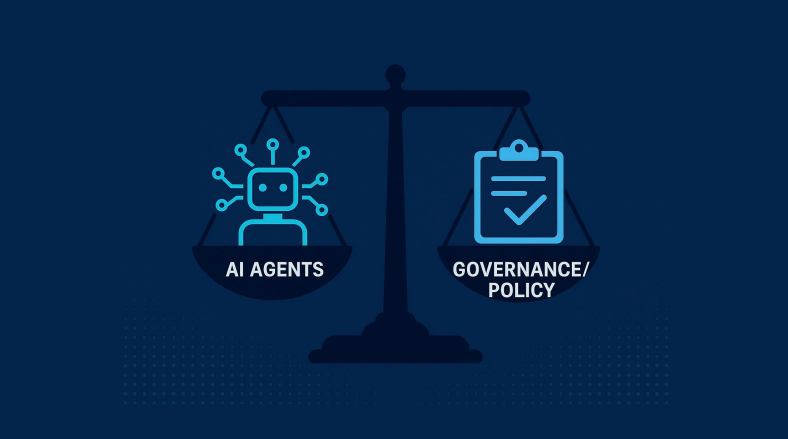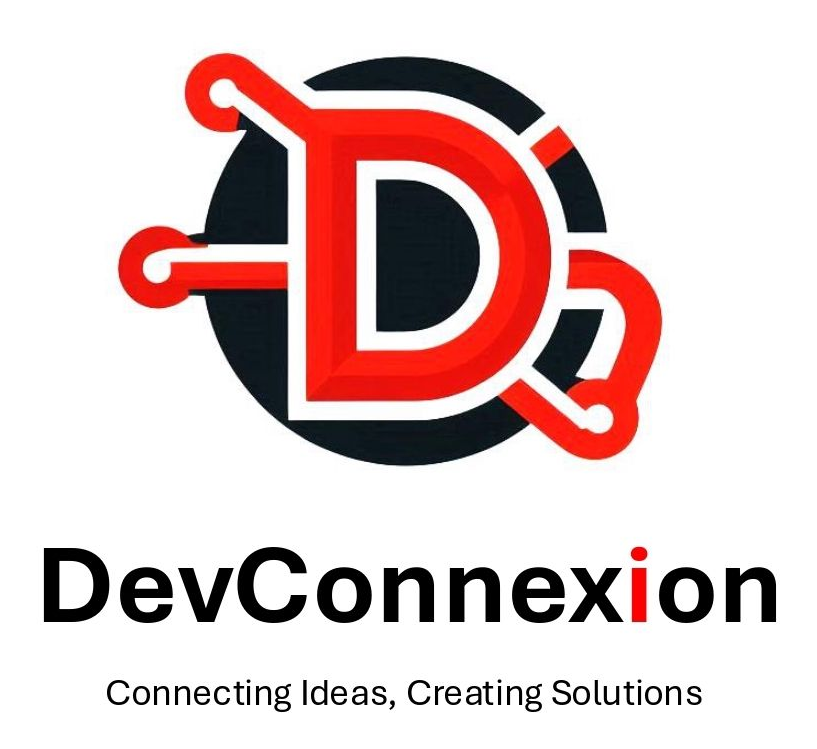Pursuing the Contact Center AI Path
Pursuing the Contact Center AI Path
The future of customer service is intelligent, data-driven, and powered by Artificial Intelligence (AI). Over the past year, I’ve personally embarked on the Contact Center AI (CCAI) learning path, and it has become clear that mastering these capabilities is essential for organizations and professionals who are looking to thrive in today’s customer-first economy.
Why Consider the Contact Center AI Path?
- Enhanced Customer Experience – AI leverages natural language processing (NLP) and machine learning to deliver faster, more personalized interactions.
- Increased Efficiency – Intelligent systems handle repetitive queries at scale, freeing agents for complex problem-solving.
- Cost Optimization – Automation reduces dependency on human labor for routine tasks, lowering operational costs.
- Scalability – AI grows with the business, supporting expansion without proportional increases in cost.
- Data-Driven Insights – AI unlocks valuable patterns in customer behavior, empowering smarter business decisions.
- Career Growth – For professionals, AI skills open doors to new opportunities in customer experience and service innovation.
- Staying Competitive – As more organizations adopt AI, having expertise in CCAI ensures you remain ahead of the curve.
- Improved Problem Resolution – Real-time guidance and insights help agents resolve issues faster and more accurately.
- Omnichannel Orchestration – AI unifies customer engagement across voice, chat, social, and email, ensuring consistency.
- Ethical AI Use – Understanding responsible AI practices helps businesses maintain trust, privacy, and compliance.
- Enhanced Security and Compliance – With customer data protection at the forefront, AI enables secure and regulation-ready service environments.
Final Thoughts
Pursuing the Contact Center AI path isn’t just about keeping up with technology trends — it’s about future-proofing customer engagement strategies. Organizations that harness AI effectively can achieve the right balance between automation and human touch, creating meaningful experiences at scale.
For professionals, it’s a journey that opens new doors, expands skillsets, and ensures relevance in a fast-changing industry. For businesses, it’s a step toward transforming contact centers from cost centers into growth engines of customer loyalty.
👉
Looking to explore the Contact Center AI path for your business? DevConnexion helps organizations unlock the potential of AI-driven contact centers through tailored CCaaS and CxPaaS solutions. Reach out today to begin your AI transformation journey.




